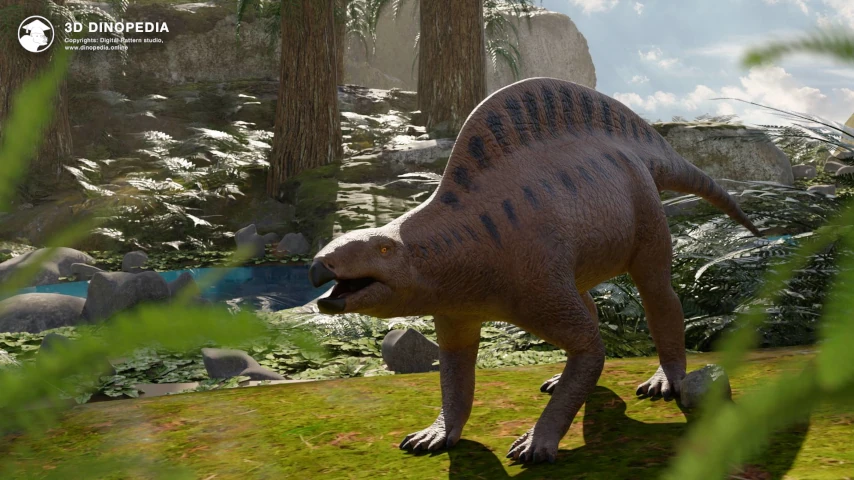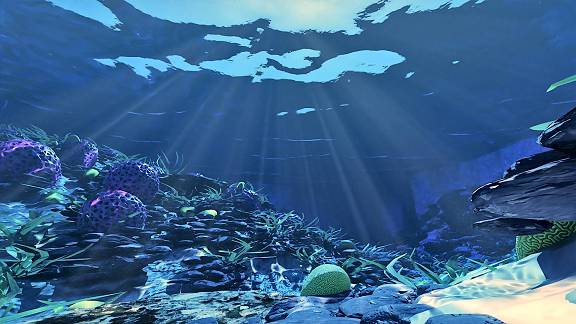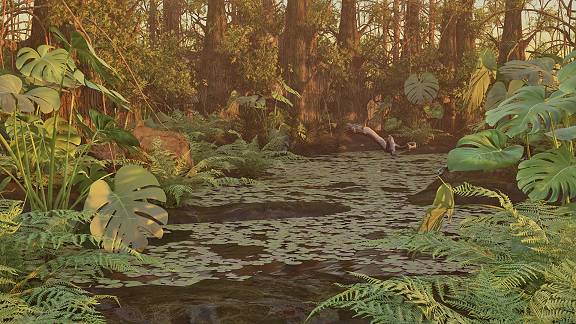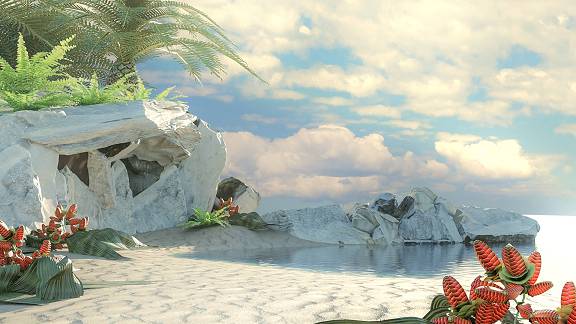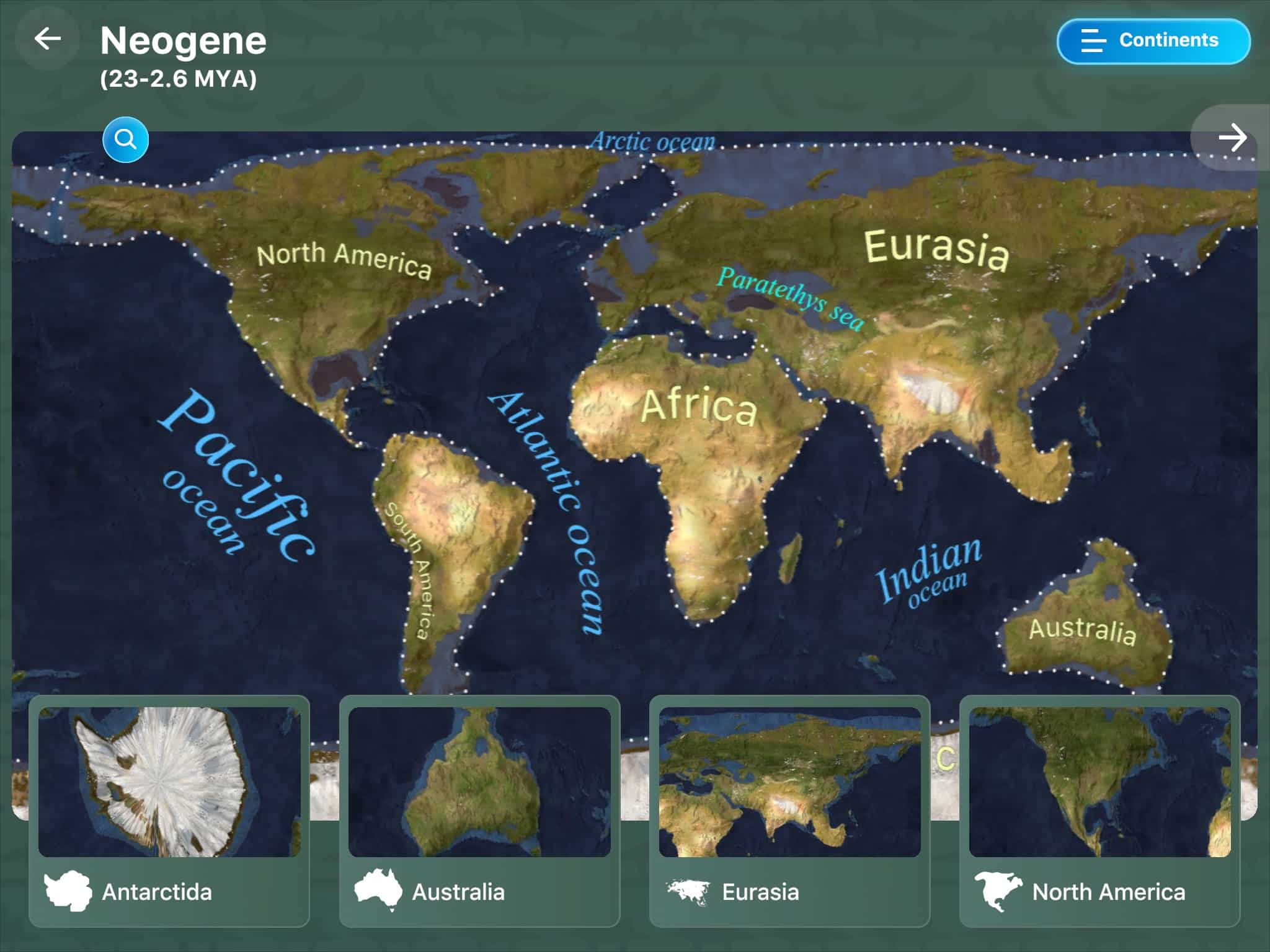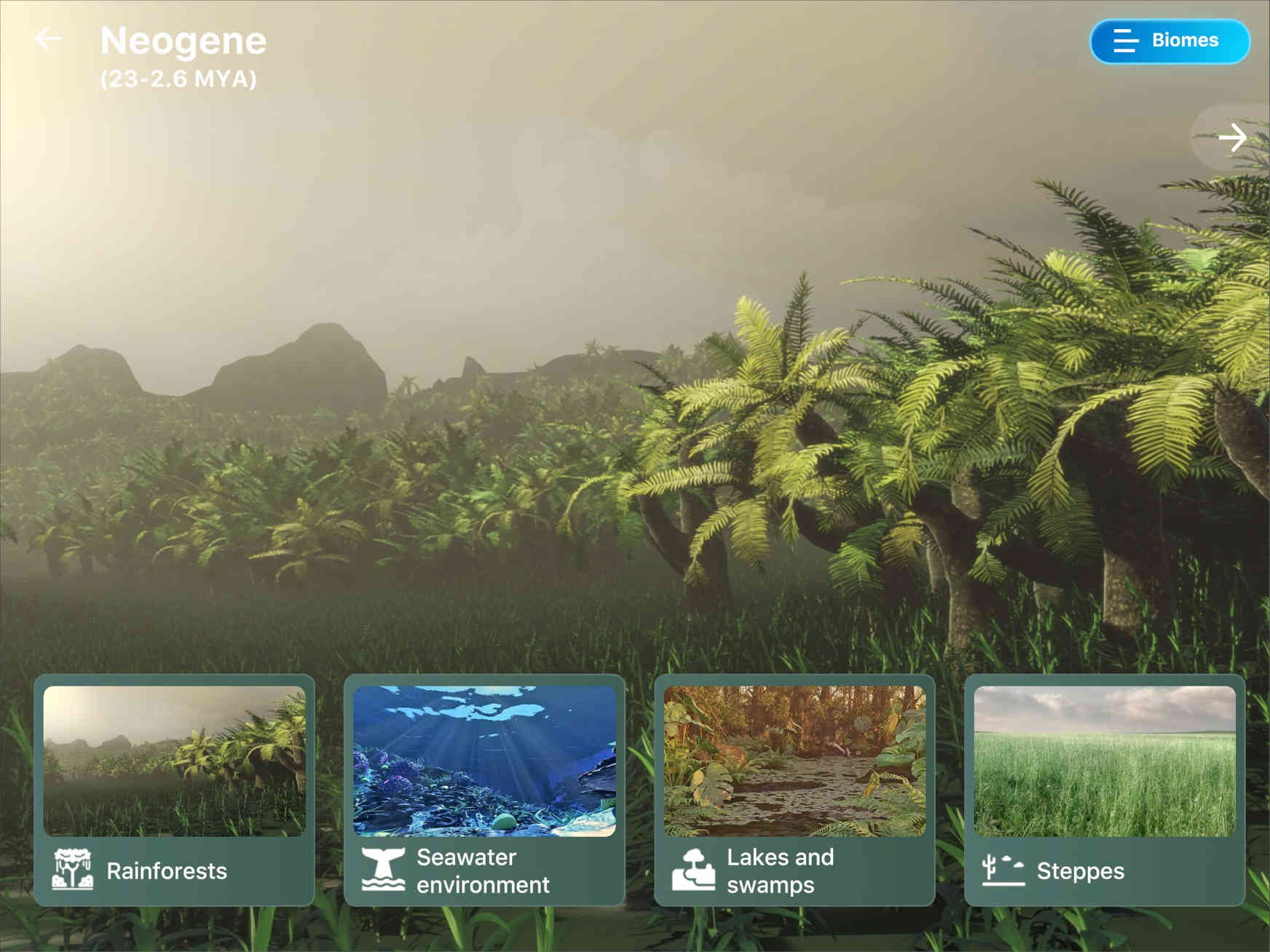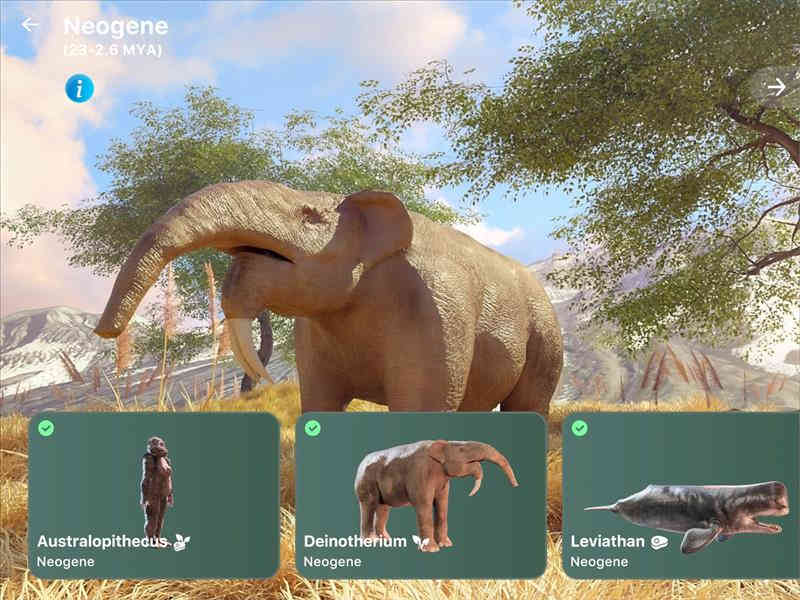Freshwater environment

Freshwater bodies - rivers, swamps, lakes - were widespread throughout the vast territory of the supercontinent Pangea. Among underwater plants, green and charophyte (Charophyceae) algae continued to dominate throughout the period. Also widely distributed were underwater higher spore plants - ferns and horsetails. Many aquatic organisms hid in their thickets.
The animal world was very diverse. Various invertebrates lived in the thickness of the river silt and on the bottom surface: worms, crustaceans, insects. Some fish also did not mind hiding in the ground. However, of course, most fish - bony, cartilaginous (including sharks) stayed in the water column. Amphibians also lived here, among which the ancestors of frogs appeared, such as the Triadobatrachus. The largest labyrinthodonts (Labirinthodontia) in history, the Mastodonsaurus, which grew up to 6 meters in length, also inhabited freshwater bodies. Ancient reptiles, such as phytosaurs (Phytosauria), for example, Rutiodon, spent...
The animal world was very diverse. Various invertebrates lived in the thickness of the river silt and on the bottom surface: worms, crustaceans, insects. Some fish also did not mind hiding in the ground. However, of course, most fish - bony, cartilaginous (including sharks) stayed in the water column. Amphibians also lived here, among which the ancestors of frogs appeared, such as the Triadobatrachus. The largest labyrinthodonts (Labirinthodontia) in history, the Mastodonsaurus, which grew up to 6 meters in length, also inhabited freshwater bodies. Ancient reptiles, such as phytosaurs (Phytosauria), for example, Rutiodon, spent...
 3D BIOMES
3D BIOMES
